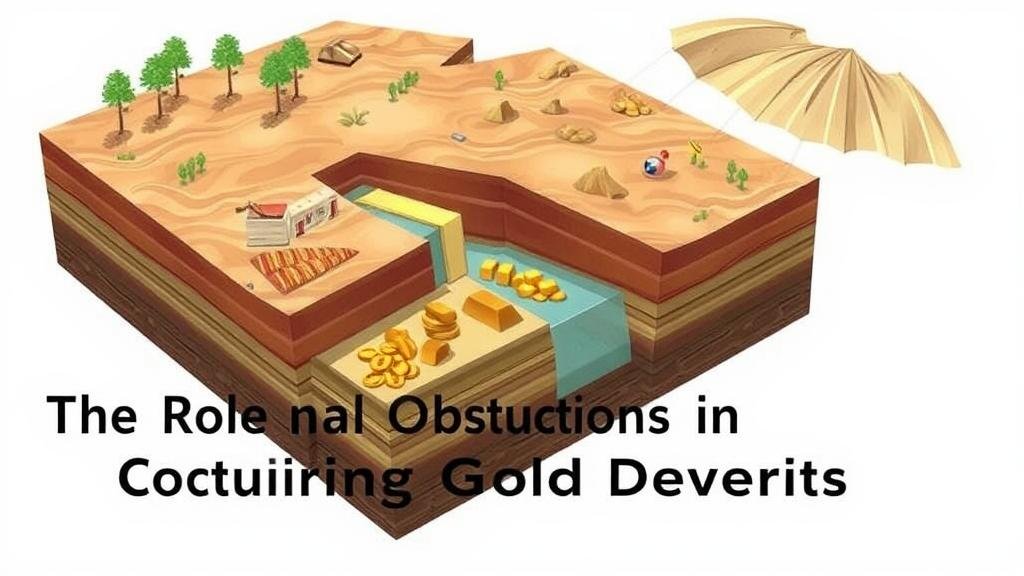The Role of Natural Obstructions in Capturing Gold Deposits
The Role of Natural Obstructions in Capturing Gold Deposits
The interplay between natural obstructions and geological processes plays a significant role in the capture and concentration of gold deposits in the environment. Natural obstructions can include a variety of geological features such as boulders, trees, and sedimentary formations. Understanding how these features influence gold deposition is vital for both environmental scientists and mining professionals.
Understanding Gold Deposition
Gold is often found in its native state within the earths crust, typically associated with quartz and other minera. When weathering processes break down these parent rocks, gold particles can be released and mobilized by water. But, fine gold is quite dense and tends to settle rapidly. This is where natural obstructions come into play.
Types of Natural Obstructions
Natural obstructions can come in various forms, each contributing to the accumulation of gold in unique ways:
- Boulders and Rocks: Large boulders can disrupt the flow of water, causing gold particles to settle behind them.
- Trees and Vegetation: Roots and natural underbrush can hold sediment in place, leading to localized gold accumulation.
- Sandbars and Riverbanks: These features can trap sediments and heavy minerals like gold, facilitating the formation of placer deposits.
Case Studies of Natural Obstructions
One notable case study is the Yukon River in Canada, where the presence of large boulders has historically created favorable conditions for gold to accumulate. Here, miners have effectively used these natural obstructions to locate gold deposits. Similarly, the Klondike Gold Rush drew thousands to the region, where layers of sediment behind rocks indicated significant gold presence.
Another example is the California Gold Rush, where miners utilized the natural geography of riverbanks and sandy environments. These geographical features acted as traps, allowing gold particles to settle and concentrate. work done in these areas paved the way for modern techniques, combining geology and hydrodynamics to maximize gold retrieval.
The Science Behind Capture Mechanisms
Natural obstructions contribute to gold capture through several mechanisms:
- Hydraulic Sorting: When water flow encounters an obstruction, the velocity decreases, allowing heavier particles like gold to settle out of the current.
- Physical Barriers: Rocks and vegetation can effectively block gold particles from re-entering the main water flow, keeping them in a localized area.
The process is similar to how pebbles and larger sediments accumulate in riverbeds; as water slows, heavier materials are deposited while lighter grains are carried further downstream.
Environmental Considerations
While natural obstructions can create productive gold deposits, their presence must also be analyzed through an environmental lens. During mining operations, alteration or removal of these natural features can lead to sediment displacement, erosion, and habitat destruction. Regulations often require mining companies to consider the ecological impact of their operations.
Conclusion and Actionable Takeaways
The role of natural obstructions in capturing gold deposits is a fascinating intersection of geology, hydrodynamics, and environmental science. For those involved in gold prospecting or ecological studies, recognizing how natural features influence the location and concentration of gold can lead to more effective and environmentally responsible strategies in both mining and conservation.
As research in this area continues, professionals can take the following actionable steps:
- Use geological surveys to identify key natural obstructions in prospective mining areas.
- Use environmentally sustainable practices that preserve natural features while mining.
- Monitor and analyze sediment flow dynamics to enhance gold recovery techniques.



